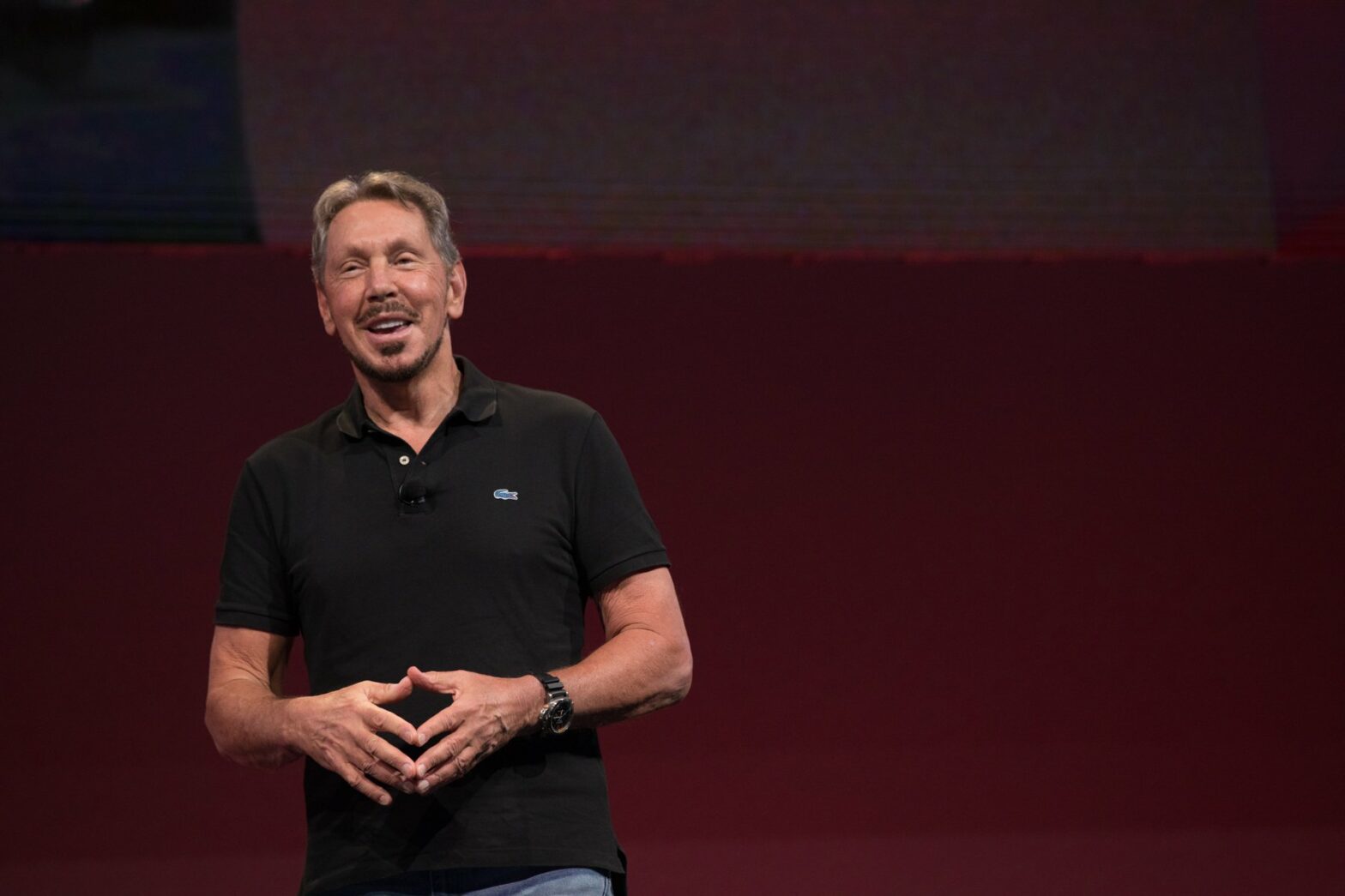Larry Ellison, CTO and chairman of software giant Oracle, today proved that new innovation in the computing world does not have to come from the younger internet entrepreneurs that now surround him among America’s richest people (Bezos, Page, Brin et al) or the Salesforce-esque native SaaS players disrupting his industry.
The 73-year-old, who co-founded the database and software applications firm 40 years ago, rose to the stage confidently at his company’s customer conference OpenWorld in San Francisco – the city at the epicenter of the innovation that has forced long-standing industry incumbents, including Oracle, to transform their business models over the last ten years – and unveiled the world’s first autonomous database cloud.
Powered by Oracle Database 18c, the next generation of the company’s database, Ellison said Oracle Autonomous Database Cloud uses “ground-breaking machine learning” (a technology the world’s biggest computing companies are fighting to lead) that eliminates human labour, human error and manual tuning, and enables “unprecedented” availability, high performance and security at a much lower cost.
“This is the most important thing we’ve done in a long, long time,” said Ellison. “The automation does everything. We can guarantee availability of 99.995 percent, less than 30 minutes of planned or unplanned downtime.
“Now, I don’t use the words ‘revolutionary new technology’ every year here at Oracle OpenWorld. We don’t because there aren’t that many revolutionary new technologies. But this one is.”
By utilising machine learning technology, the autonomous database cloud provides automated protection from downtime and continuous adaptive performance tuning, automatically upgrading, patching itself and applying security updates while running to protect against cyberattacks. By instantly resizing compute and storage without downtime, Oracles claims the new platform multiplies cost savings by consuming less than market leader Amazon Web services.
In typical style, Ellison didn’t miss the opportunity the bash a rival. In this case, it was AWS in the firing line, despite the IT industry veteran admitting that Amazon and SAP (long-time Oracle rival and usual target for Ellison’s lashings) are among “the biggest Oracle users on the planet”. He did, however, accompany his criticism of AWS with a bold promise to Oracle’s customers.
“Amazon is five to eight times more expensive running the identical workload than the Oracle Autonomous Database,” Ellison said. “We guarantee you contractually to cut your Amazon bill in half. It’s fairly easy when you’re five to eight times faster. We feel pretty comfortable.
“This is not Oracle making up ridiculous demos to make Amazon look bad. These are datasets that we actually used for stress testing, performance testing and validating our database.”
Oracle Autonomous Database Cloud handles many different workload styles, including transactions, mixed workloads, data warehouses, graph analytics, departmental applications, document stores and IoT. As an autonomous cloud service, it eliminates error-prone manual management tasks and frees up DBA resources to focus on more strategic business projects. The first Autonomous Database Cloud offering, for data warehouse workloads, is planned to be available in December 2017, with the remaining rolling out in 2018.
“Every organisation is trying to leverage the overwhelming amount of data generated in our digital economy,” commented Carl Olofson, research VP at IDC. “With a history of established leadership in the database software market segment, it is no surprise that Oracle is pioneering a next-generation data management platform.
“Oracle Autonomous Data Warehouse Cloud is designed to deliver industry-leading database technology performance with unmatched flexibility, enterprise scale and simplicity. The intent is to ensure that businesses get more value from their data and modernise how data is managed.”










